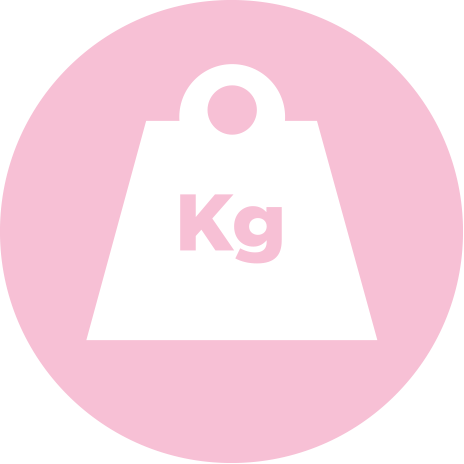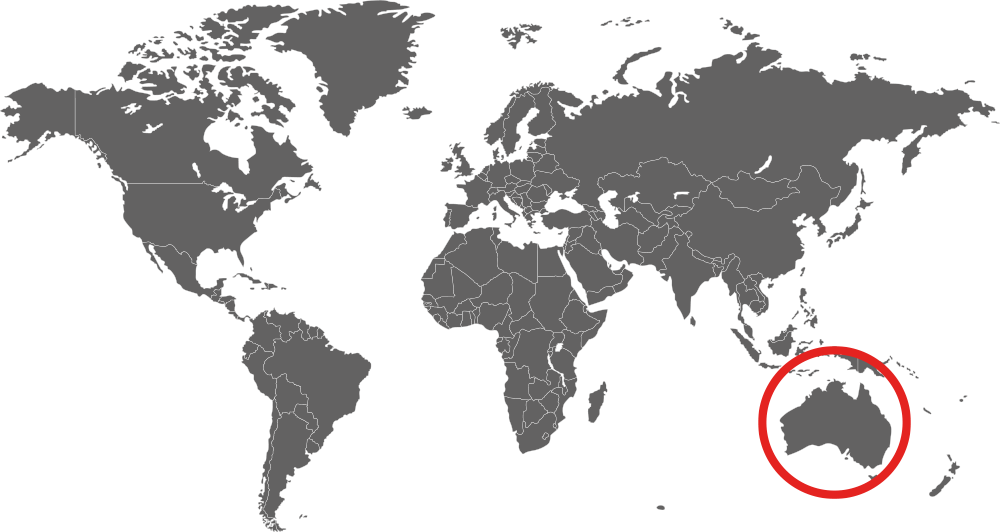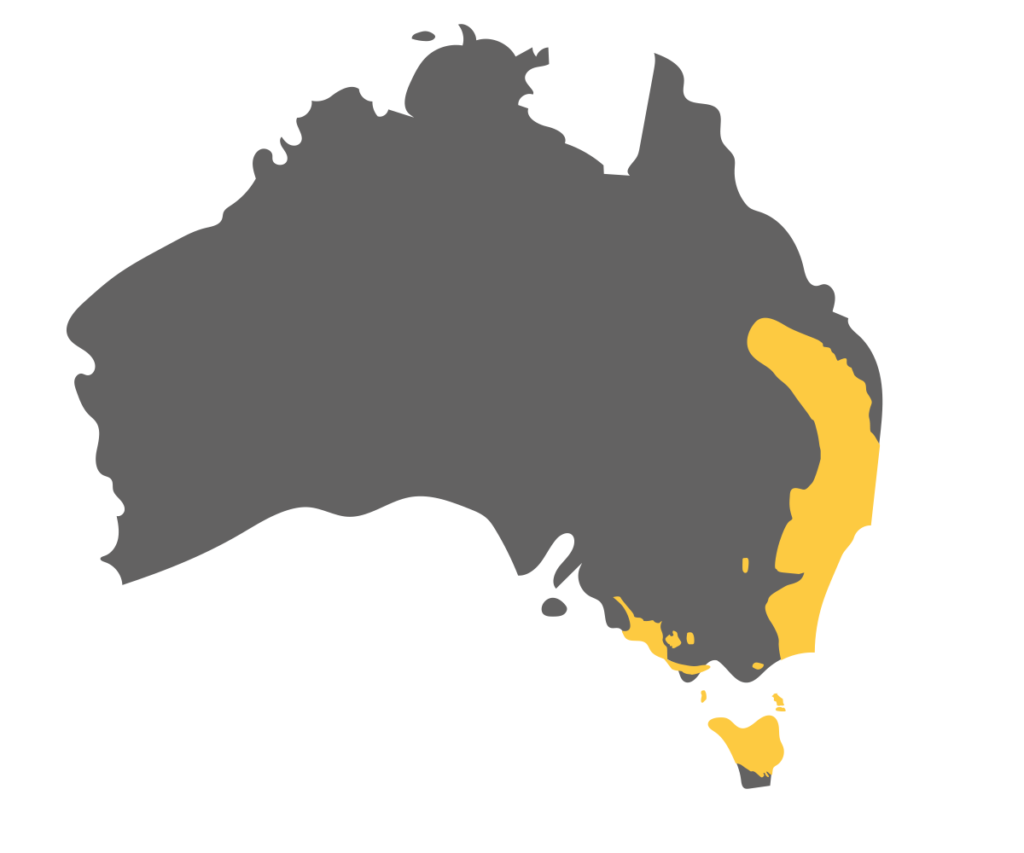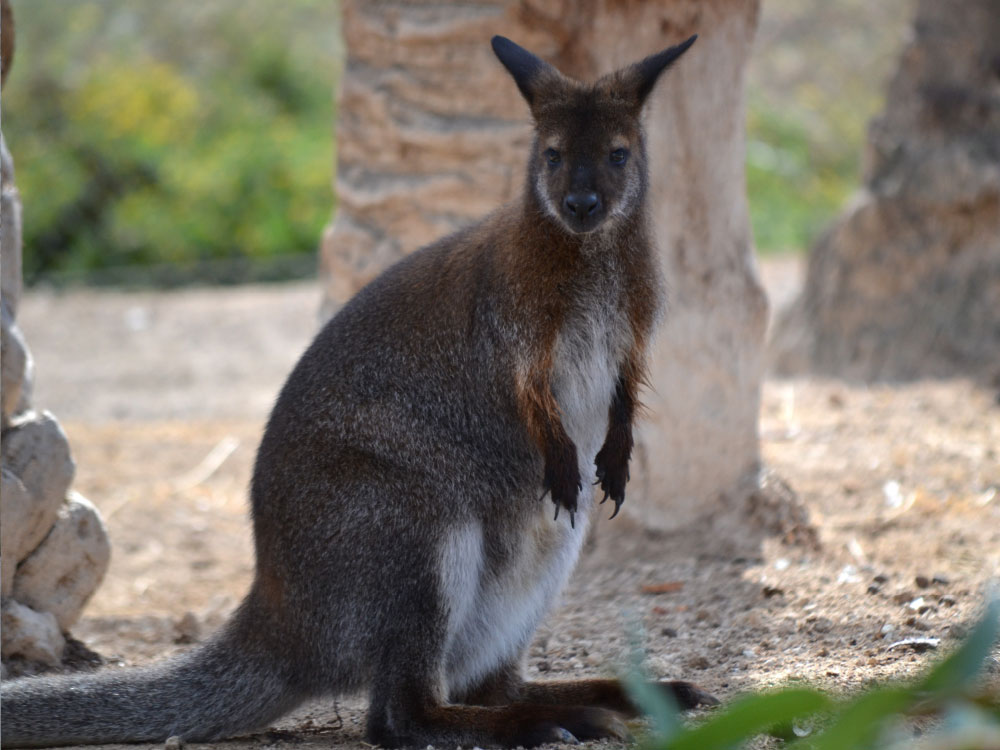Conservation Status:
Least Concern

HABITAT
FOREST
DIET
HERBIVOROUS
SOCIAL LIFE GregariOUS

WEIGHT
12-25 Kg
GESTATION
29-41 DAYS


IS IT A KANGAROO OR A WALLABY?
They both have a distinctive ‘saltatorial’ locomotion, bipedally hopping. A long, robust tail provides them balance.
They are both marsupial mammals.
They both come from Australia.
They both belong to the macropodidae family, which means ‘big feet’.
But the larger macropodid species are kangaroos, and instead the smaller ones are called wallabies. Here at RSE you can see a group of wallabies. Kangaroos can stand over 1.8m tall and wallabies range from 0.5m to 1m of size.
Marsupials have a very short gestation, for they do not have a placenta to support the entire development of the fetus. Among mammals there are actually three different types of reproduction: placental, monotreme or marsupial.
Placental mammals comprise the vast majority. In placental mammals, the fetus feeds by intravenous fluids through the umbilical cord and it develops inside a liquid vessel called placenta. The duration of this type of gestation varies greatly, from 15 days in hamsters to 22 months in elephants.
Monotremes are mammals that have retained reptilian characteristics such as oviparous reproduction, that is, laying eggs. Platypus are monotreme mammals.
Marsupials are viviparous, yet the zygote spends very little time in the mother’s womb before birth, just about a month. The joey wallaby is born in a very early stage of development, hairless, small and blind. It is delivered in a very quick labor and it crawls up the mother’s belly into the pouch, where it attaches to a teat. The joey develops completely in the pouch and remains in it for about 7 months, and then eventually starts coming out.

